Not many small towns like Seaford can claim to have had three of its MPs serve as Prime Minister. George Canning was the only one of the three who was MP for Seaford and Prime Minister at the same time.
George Canning was born in Marylebone in 1770 and had a difficult start to life. His father died a month after he was born and his mother promptly joined the stage and gave him to his uncle to ensure that he was well educated. He attended Eton and Oxford and in 1790 qualified as a lawyer. However it was in politics that he was to make his name. His uncle, Stratford Canning, introduced him to Charles Fox, the leading Whig (Liberal) politician who in turn introduced him to William Pitt, the younger. Pitt thought highly of Canning as he was quick-witted, a splendid orator and even wrote poetry; contributing to several journals. Pitt knew Sussex well. He had been made a Freeman of Seaford in 1789 and his father (Pitt the Elder) had been M.P. for the town in the 1740s
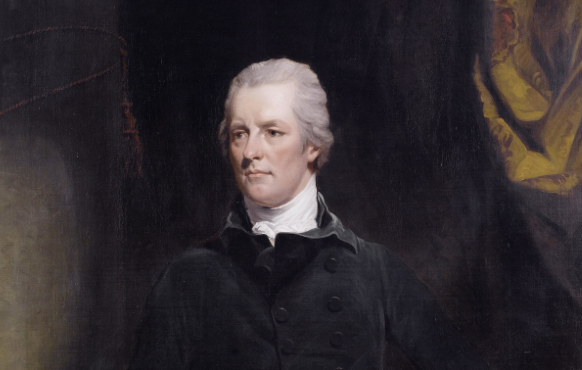
Pitt helped Canning become the MP for Newton, on the Isle of Wight when he was just 23 years old and, when Pitt became Prime Minister in 1804, he appointed Canning as his Foreign Secretary. Canning played a key role in the war against France, being particularly involved with the Battle of Copenhagen. However Canning certainly did not get on with the Secretary of War, Lord Castlereagh and, following an argument about where to deploy troops, the two fought a duel on Putney Heath at dawn on 21st September 1809. Both missed with their first shots but Canning was hit in the leg when Castlereagh re-loaded. During this duel Canning (who had never before even handled a gun) was assisted by Charles Rose Ellis who was also a Seaford MP)
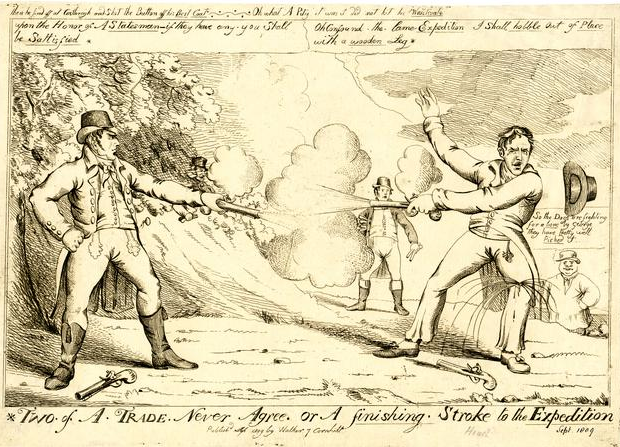
Canning served under a number of Premiers including Spencer Percival, the only Prime Minister to have been murdered in office. He also represented more constituencies than any other politician I know, including, Wendover, Tralee (Ireland) Newton (for a second term), Hastings, Liverpool, Harwich and Newport. In 1816 Canning became the President of the India Board and six years later became the Governor General of India. He was also Ambassador to Portugal.
Following the resignation of the Prime Minister, The Earl of Liverpool in February 1827, King George IV chose Canning to lead the country having rejected Robert Peel and the Duke of Wellington. But there was a problem – Canning was not actually an M.P. so his friend Ellis, the standing member for Seaford, promptly stood down and Canning won the by-election unopposed.
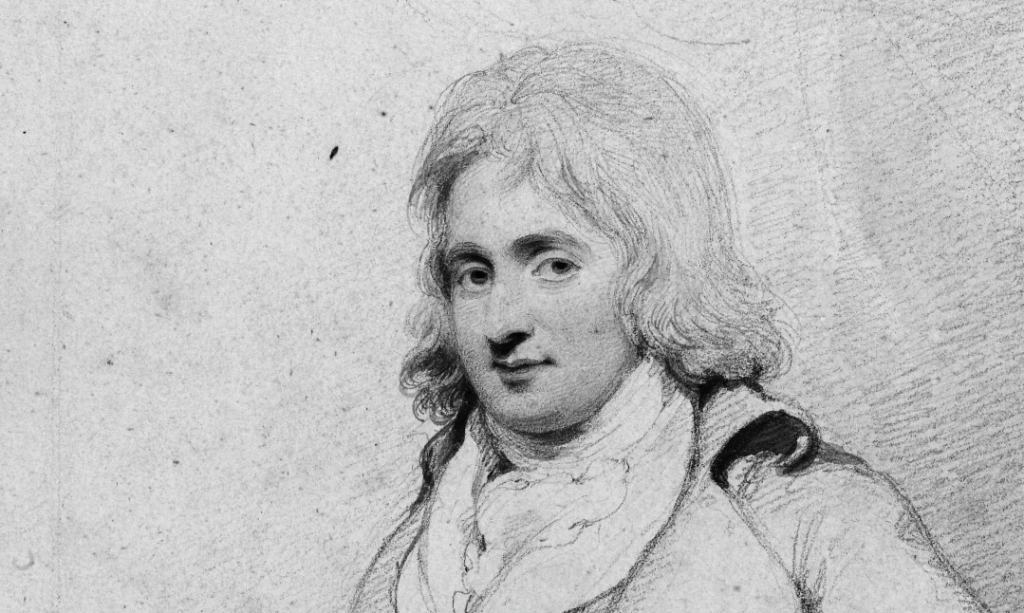
Canning visited Seaford on several occasions, staying with his friend Charles Ellis at Seaford House in Crouch Lane. (Seaford Museum have erected a blue plaque to commemorate this).
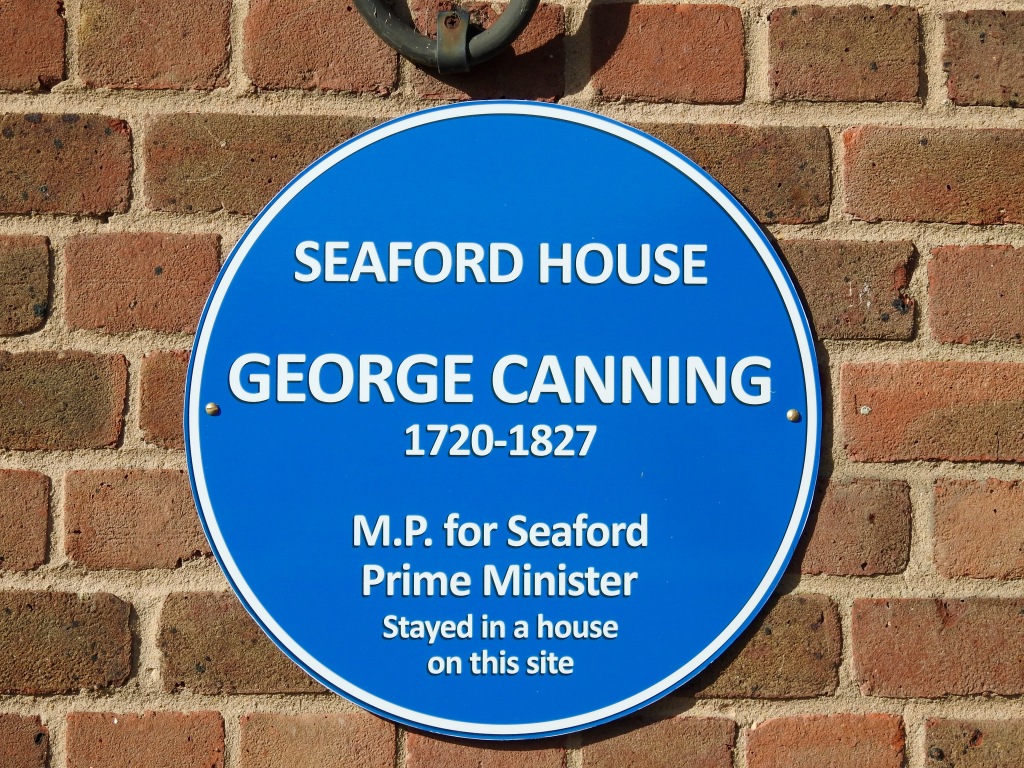
When in Seaford, Canning tended to get up very early in the morning and go on long walks over Seaford Head and towards Eastbourne over the Seven Sisters. The story is told that on one occasion, Canning was on one of his walks when he was caught in bad weather whilst on Beachy Head. He was invited into the Coastguard Station by the Royal Navy lieutenant who lived in the building with his wife and seven children. Despite the fact that he was not recognised he was offered a meal and served by one of the lieutenant’s boys. Canning said “Why do you not send your boy to sea?” “How can I afford that?” replied the lieutenant “I have difficulty enough filling out my children’s jackets – would to God I could get him to sea!”. “And what profession is your grown-up daughter?” asked the politician. “Why Sir, she is my eldest girl and is most clever at her needle and I would like to see her sent to a dressmaker”

A few days later the Eastbourne lieutenant’s eldest children were sent for and travelled to London where the boy became a midshipman in the Royal Navy and the girl was apprenticed to a lady in Pall Mall.
Canning’s term as Seaford MP and Prime Minister was to be short lived. He died in office on 8th August 1827. He is Britain’s shortest serving Prime Minister having been in office for just 119 days. Canning was married to Joan Scott and they had four children, she was created Viscountess Canning on his death. Lord Byron said that Canning was a “genius, almost a universal one, an orator, a wit, a poet, and a statesman”. He is buried in Westminster Abbey and is one of only a handful people to have a statue in Parliament Square opposite the House of Commons.
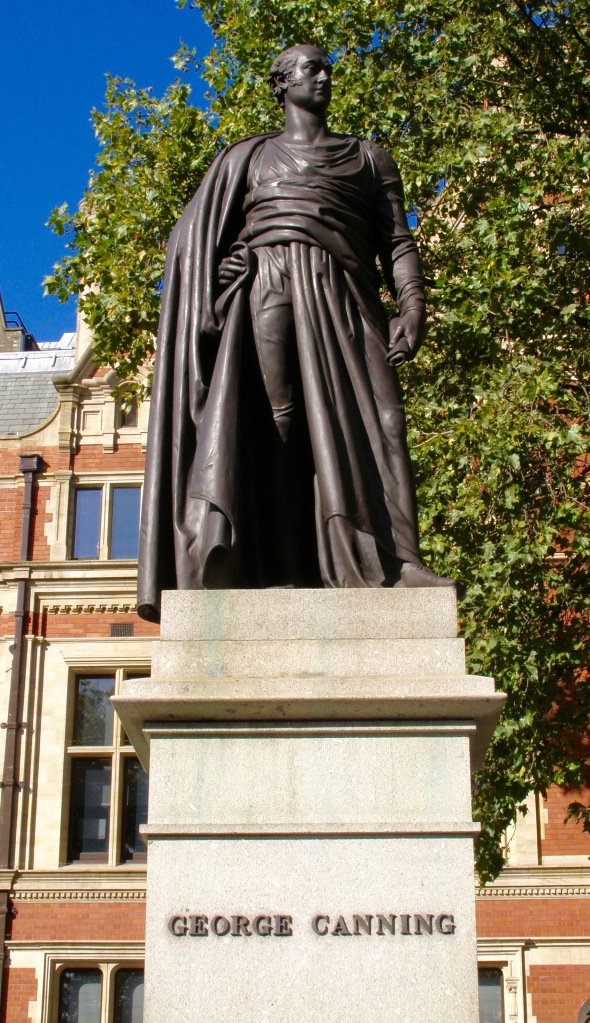
Note: The story about Canning attending the Beachy Head Coastguard Station was reported in a letter to the ‘Age’ newspaper of 12thAugust 1827.
Photo Sources: British Museum, National Portrait Gallery, Seaford Museum (Ellis kelsey Collection) and my own photographs of the plaque and statue.
Thank you Kevin. That was so interesting. Viv V.
Sent from my iPhone
>
LikeLike